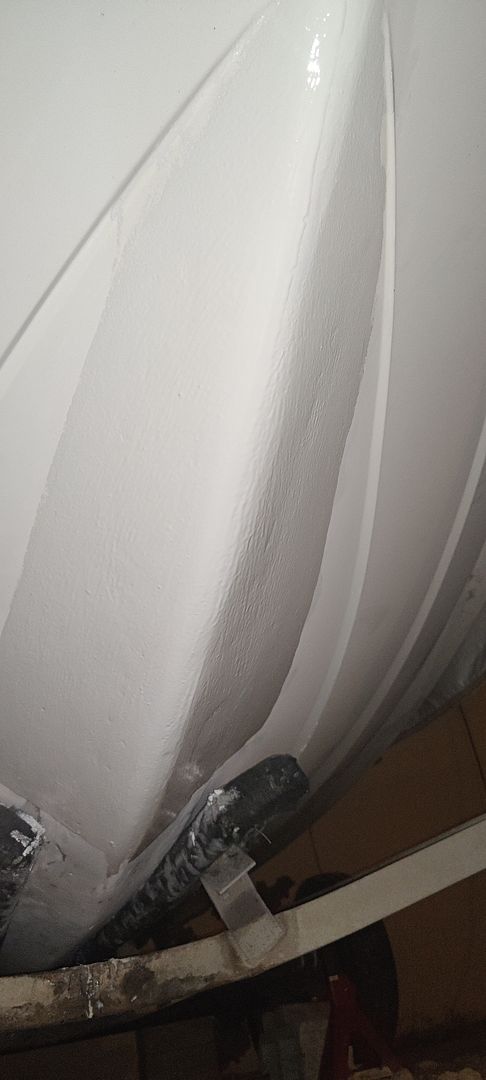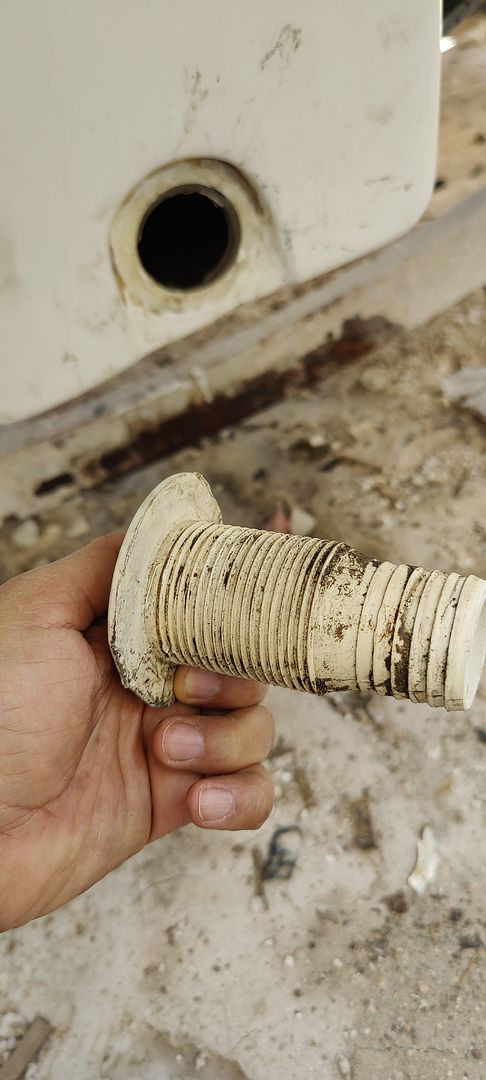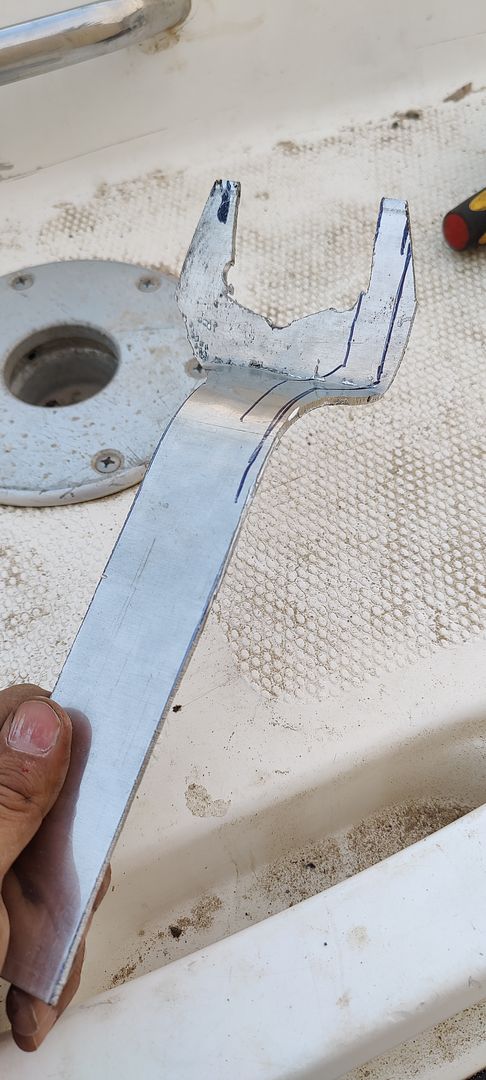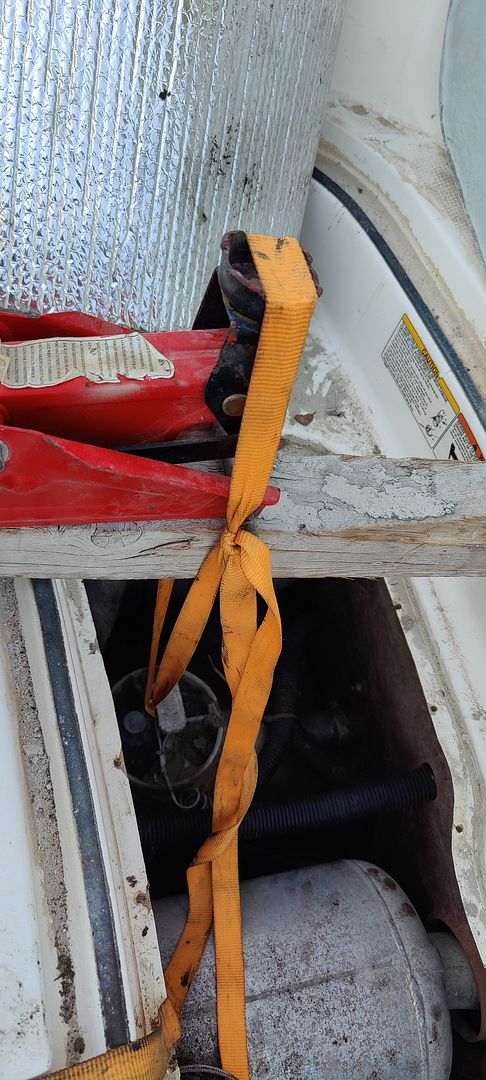kamaro
Active Member
- Messages
- 14
- Reaction score
- 25
- Points
- 32
- Location
- Qatar
- Boat Make
- Yamaha
- Year
- 2008
- Boat Model
- AR
- Boat Length
- 23
Hi guys, I'm a new member to this great community, I already posted a thread in the "welcome" section that has some info about my boat and myself :
In this thread, I will document all the work I do in the boat. In summary, its a 2008 AR230 that I bought used, the owner thought that it needed a major engine overhaul because of low compression, I went a head and took a risk buying it. before doing anything, I took all the plugs off and fogged the cylinders really well with WD40 and turned the engine for few seconds, I repeated that every day for like 3 days.
Today, I downloaded the PDF file of the service manual, and I did the compression test procedure exactly as it was described in the manual, first let the engine idle for around 10 minutes, with a garden hose attached of course, then I turned it off and began taking the measurements, I was surprised that the low compression cylinder came back to 170 psi!, actually I got 170, 165,170,170 for the 1 to 4 cylinders. thats a very good news! .. then all of a sudden, the compression of the 4th cylinder shoot to 250 psi, when I removed the gauge I noticed the gauge tube was full of oil, for some reason the oil got into the cylinder and I also noticed the oil tank was way over filled. I think I over filled the the oil tank by checking it with the engine cold, and that over fill may caused the oil to go past the intake and into the cylinder. I'm not sure about my explanation, its my first time to work on a 4 stroke marine engine (I only worked on 2 strokes in the past). I'm including a youtube link of the engine idling which seems running OK.
My next task will be to change the oil and filter for both engines.
In this thread, I will document all the work I do in the boat. In summary, its a 2008 AR230 that I bought used, the owner thought that it needed a major engine overhaul because of low compression, I went a head and took a risk buying it. before doing anything, I took all the plugs off and fogged the cylinders really well with WD40 and turned the engine for few seconds, I repeated that every day for like 3 days.
Today, I downloaded the PDF file of the service manual, and I did the compression test procedure exactly as it was described in the manual, first let the engine idle for around 10 minutes, with a garden hose attached of course, then I turned it off and began taking the measurements, I was surprised that the low compression cylinder came back to 170 psi!, actually I got 170, 165,170,170 for the 1 to 4 cylinders. thats a very good news! .. then all of a sudden, the compression of the 4th cylinder shoot to 250 psi, when I removed the gauge I noticed the gauge tube was full of oil, for some reason the oil got into the cylinder and I also noticed the oil tank was way over filled. I think I over filled the the oil tank by checking it with the engine cold, and that over fill may caused the oil to go past the intake and into the cylinder. I'm not sure about my explanation, its my first time to work on a 4 stroke marine engine (I only worked on 2 strokes in the past). I'm including a youtube link of the engine idling which seems running OK.
My next task will be to change the oil and filter for both engines.

.jpg)






